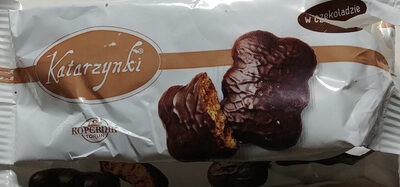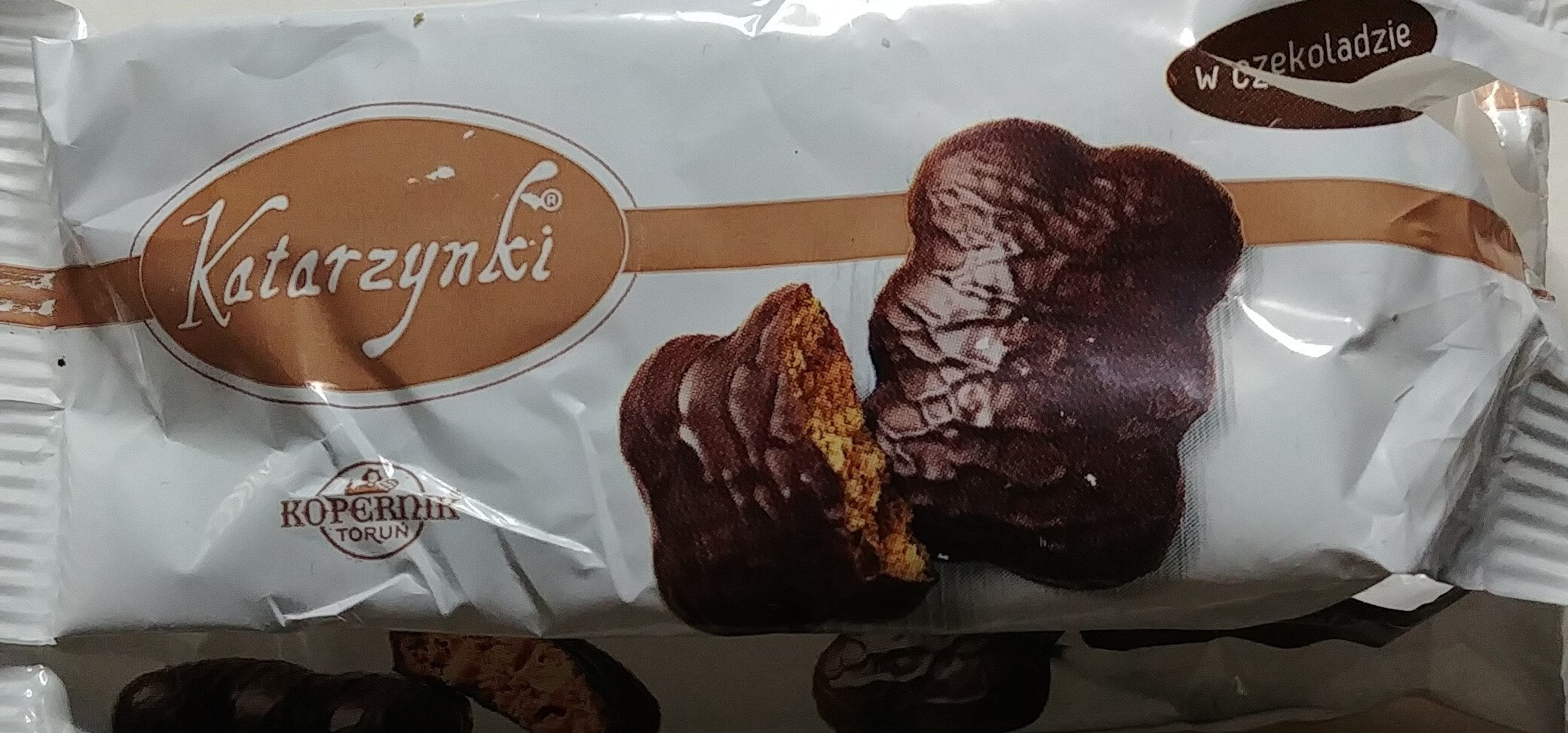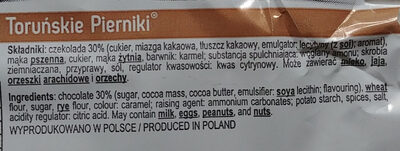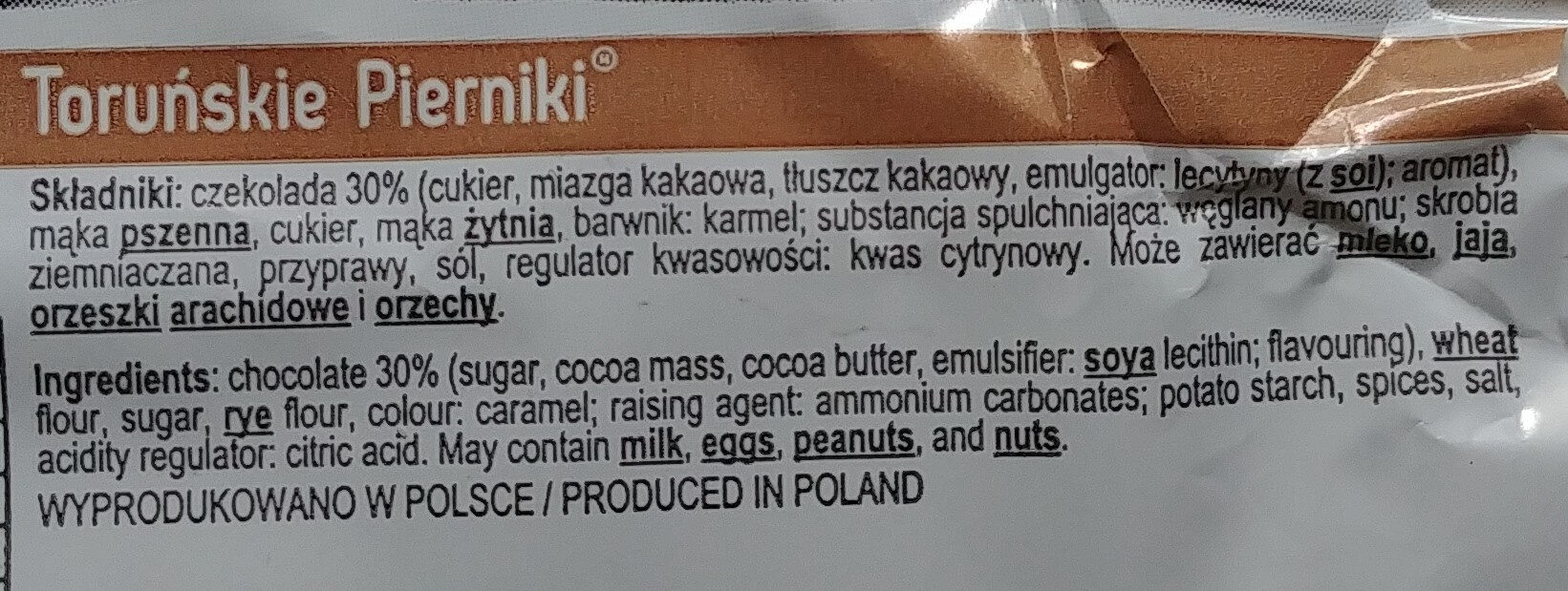Katarzynki - Kopernik - 60 g
This product page is not complete. You can help to complete it by editing it and adding more data from the photos we have, or by taking more photos using the app for Android or iPhone/iPad. Thank you!
×
Barcode: 5900056004074 (EAN / EAN-13)
Quantity: 60 g
Packaging: Plastic, Pp-polypropylene
Brands: Kopernik
Categories: Snacks, Sweet snacks, Biscuits and cakes, Gingerbreads, Pryaniki, pl:Toruńskie pierniki
Labels, certifications, awards:
Vegetarian, Kosher, No GMOs, Vegan, European Vegetarian Union, European Vegetarian Union Vegan, Orthodox Union Kosher


Manufacturing or processing places: Polska
Stores: Mila
Countries where sold: Poland
Matching with your preferences
Environment
Carbon footprint
Packaging
Transportation
Report a problem
Data sources
Product added on by pyrka
Last edit of product page on by 5m4u9.
Product page also edited by arc2, openfoodfacts-contributors, packbot, sierigh, worldtest, yuka.JptABvCaHusENcTOzYtt82OBGey6CuF2PSELoQ.











